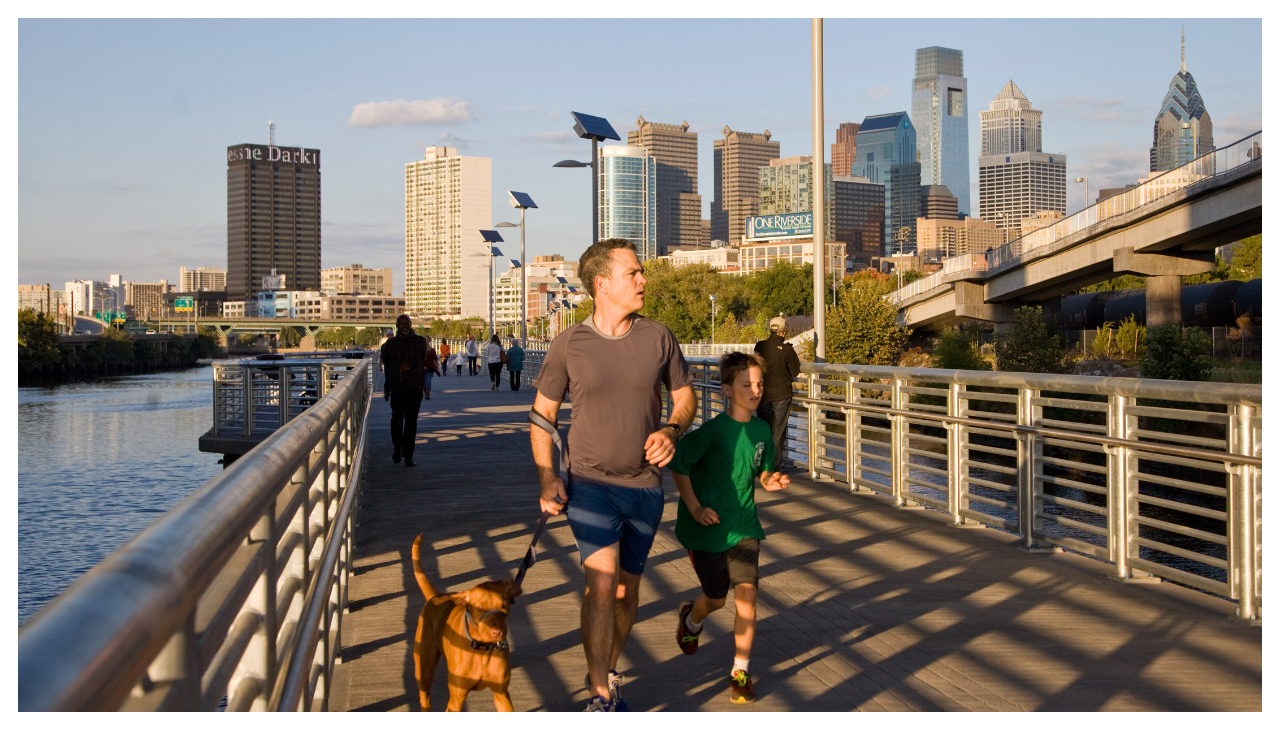
Learn about the Circuit Trail, and how it connects communities
The Circuit is a vast network of trails that is steadily expanding and growing ever more interconnected, creating hundreds of miles of paths.
Throughout the Philadelphia region lies hundreds of miles of walkable paths, connecting the area’s urban, suburban, and rural areas together in a steadily growing network of trails.
The force behind this is the Circuit Trail Coalition, a collection of Philadelphia organizations that seek to expand and unify the trail network that has been woven through the city.
Within this coalition are approximately 65 nonprofits, foundations, and agency organizations working together to support and maintain trail activities. These trails are multi-use, and connect local communities together by providing walkable paths from one area to another.
While the idea of an interconnected trail path in Philadelphia has existed as an idea since the early 1990s, it wasn't until 2010 when Camden and Philadelphia won a grant from the US Department of Transportation to build 10 segments of trails to be a part of a new regional trail network.
With the grant secured, not only were the initial trails able to be created, but it catalyzed numerous counties and municipalities to also push forward on their own planning and construction of trails.
Unlike roads, these trails aren’t built to immediately connect one area to another. Instead, each local area is responsible for developing its own trail that will connect to the greater trail network.
“The winning of this big grant brought together all the different organizations and government entities who recognize ‘oh, we are all about the same thing,’” said Sarah Stuart, chair of the Circuit Trails Coalition, in an interview with AL DÍA.
“We all want this large network to be built, we want to work on it together, we want to advance it in unity, and we want to accelerate the pace of belting it out,” she continued.
While there has been a traditional mindset of “If we build it, they will come” to the trails, there is a need for raising awareness to community members of the trails’ existence and accessibility.
RELATED CONTENT
“When trails or parks are neglected or not frequented by neighbors, they can get overrun by illegal activity and become fallen down in disrepair, [into] a vicious cycle of disinvestment disuse, etc.,” Stuart said.
In order to encourage usage, the trail’s space is home to numerous activities that make full use of the connected areas, providing guided walks, community programming, and recreational activities along the trail.
One organization that populates the trails is the Tacony-Frankford Watershed Partnership, which oversees the area’s watershed. Through various forms of funding and grants, they seek to encourage people to walk the trails and engage with the local area.
While the Watershed Partnership is an environmental organization, they want to encourage local residents to engage with the green spaces nearby to them.
Some effective ways include hosting festivals and weekly walks, but the Watershed Partnership is also seeking to partner with community organizations to provide more niche services, such as fishing lessons, bike riding workshops, or other forms of pop up workshops that can provide free programming to attendees.
“By providing programming with the community and encouraging people to use the trail and use the street space, and encourage positive recreational activities on trail will help to bring in more areas along the trail and the green space,” said Doryán De Angel, the Community Watershed Leader for the Tookany/Tacony-Frankford Watershed Partnership in Philadelphia.
“Because there's only so much capacity and resources that we have as an organization response section, we rely a lot on the neighborhoods and community members and residents [to make use of the] space,” De Angel concluded.


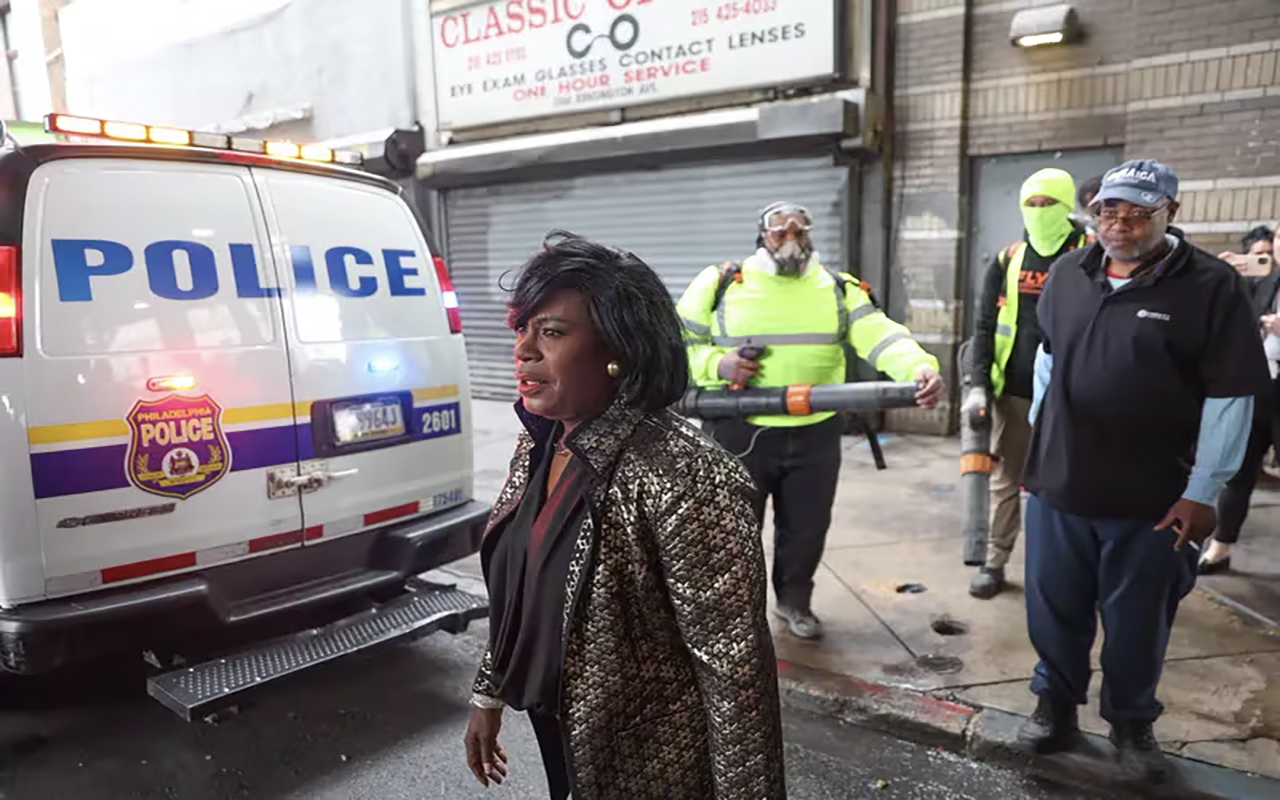
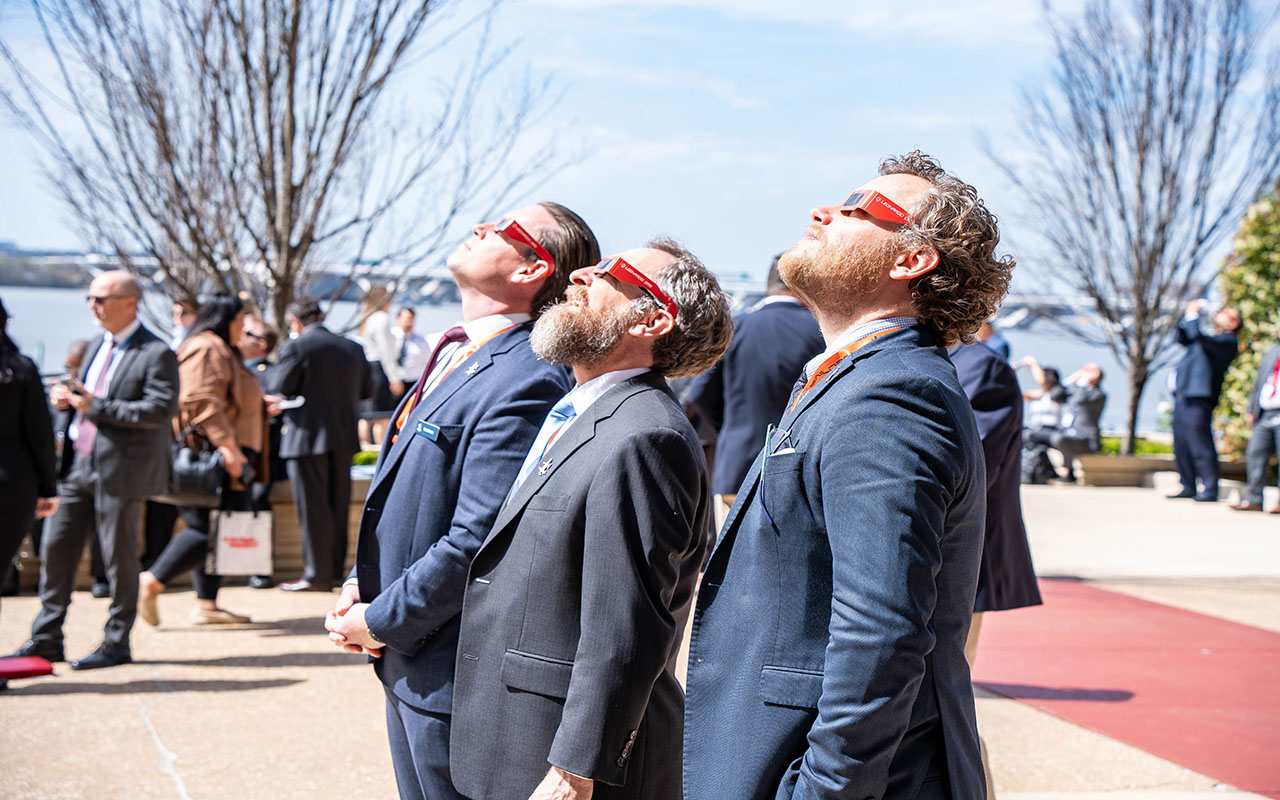




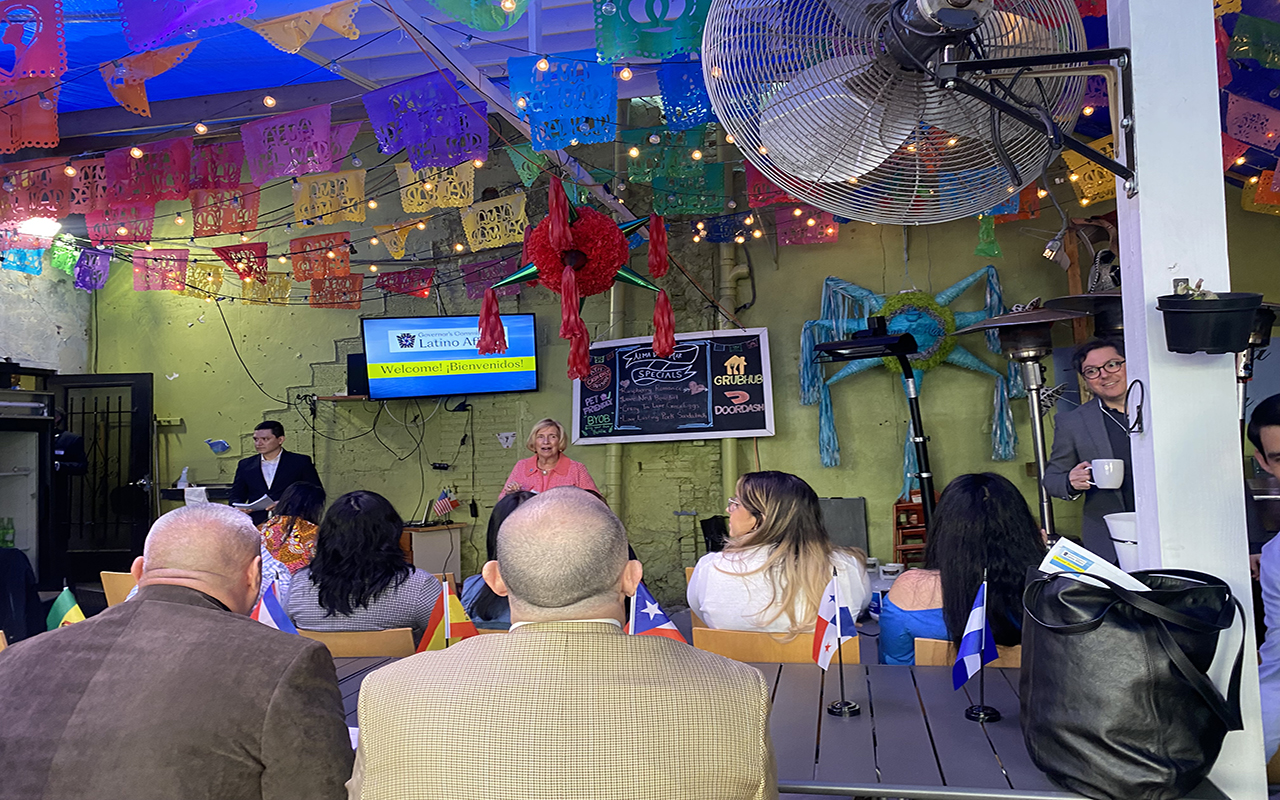

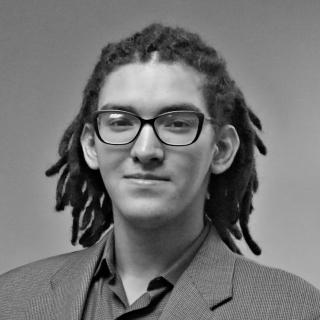
LEAVE A COMMENT:
Join the discussion! Leave a comment.